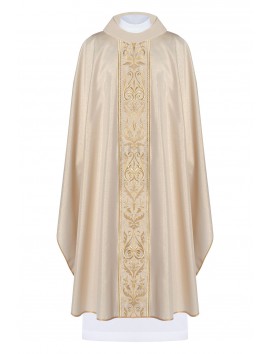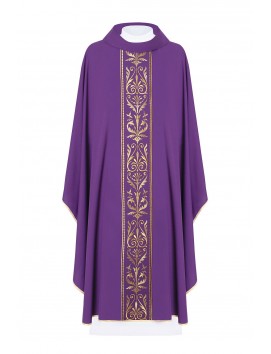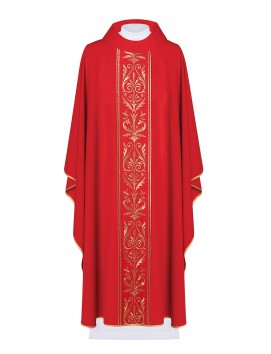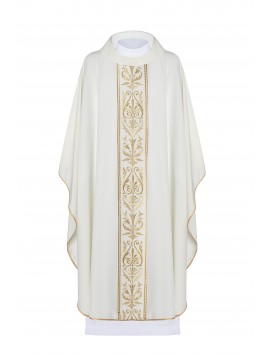A vesperal is a piece of cloth used to cover the altar of a Christian church during religious services or ceremonies. It is usually made of linen, silk, or other high-quality fabric, and may be embroidered or decorated with symbols or designs that have religious significance. The use of altar cloths dates back to ancient times, when the altar was considered a sacred space to be protected and respected. Altar cloths may also be changed according to the liturgical season or feast day being celebrated, with different colors or designs used to reflect the mood or theme of the occasion. In addition to serving a practical purpose, altar cloths also have a symbolic significance, representing the purity and sanctity of the altar and the reverence with which it is treated.
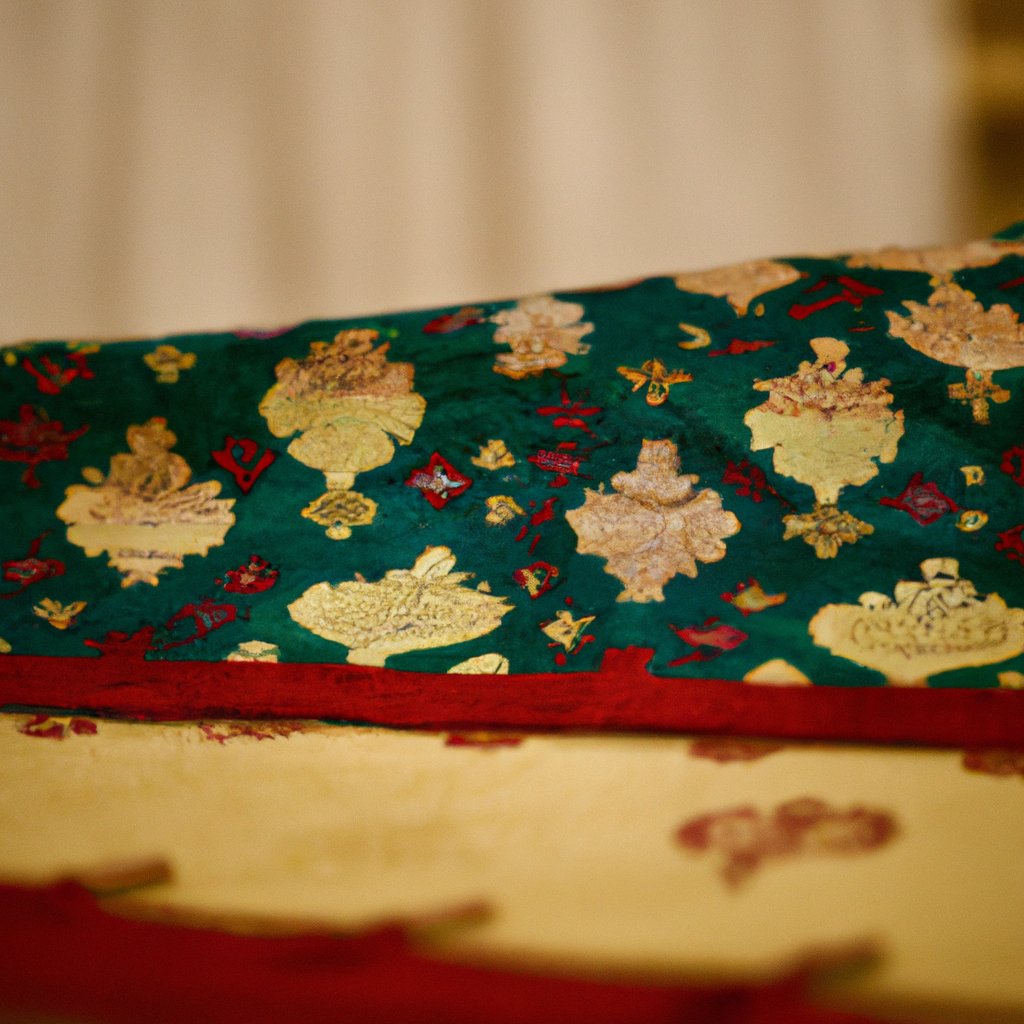
What are the altar cloths called?
The altar cloths used in Christian churches are usually called "vestments. These include the corporal, the purificator, the pall, and the chalice veil.
The corporal is a square piece of white linen that is placed on the altar under the chalice and paten during the celebration of the Eucharist. It is used to catch any crumbs or drops of the consecrated bread and wine.
The purificator is a smaller rectangular cloth used to wipe the chalice after each communicant has received the Eucharist.
The pall is a stiff, square, linen-covered card that is placed over the chalice to prevent dust or other particles from falling into the wine.
The chalice veil is a cloth that covers the chalice and paten when they are not in use.
All of these altar linens are considered sacred objects and are treated with great care and reverence.
What color should the altar cloth be?
The color of the altar cloth can vary depending on the liturgical season or the type of service being held. In general, the most common colors for altar cloths are white, red, green, purple, and black.
- White is the most common color and is used for the Christmas and Easter seasons, as well as other special feasts and celebrations.
- Red is used on Pentecost Sunday and during Holy Week, as well as in celebrations of martyrs and other saints who were killed for their faith.
- Green is used during Ordinary Time, which makes up most of the liturgical year, and symbolizes growth and hope.
- Purple or violet is used during Advent and Lent, as well as other times of penance and preparation.
- Black is used for funerals and mourning.
In addition to these colors, some churches may use other colors or designs for special occasions or services, such as gold or silver for Christmas or white with gold embroidery for weddings.
How to get wax out of altar cloths?
Removing wax from altar cloths can be a delicate process to avoid damaging the fabric. Here's a simple step-by-step process you can follow:
1. Allow the wax to cool and harden completely. Do not attempt to remove the wax while it is still soft or warm, as it may spread further and cause more damage.
2. Once the wax has hardened, use a blunt knife or plastic scraper to gently scrape off as much of the wax as possible. Be careful not to cut or tear the fabric.
3. Place a brown paper bag or several layers of paper towels on either side of the fabric so that the wax is sandwiched between them.
4. Set your iron on low heat and gently iron the paper bag or paper towels over the wax. This will melt the wax, which will then be absorbed by the paper.
5. Replace the paper towels or brown paper bag as needed until all the wax has been removed.

